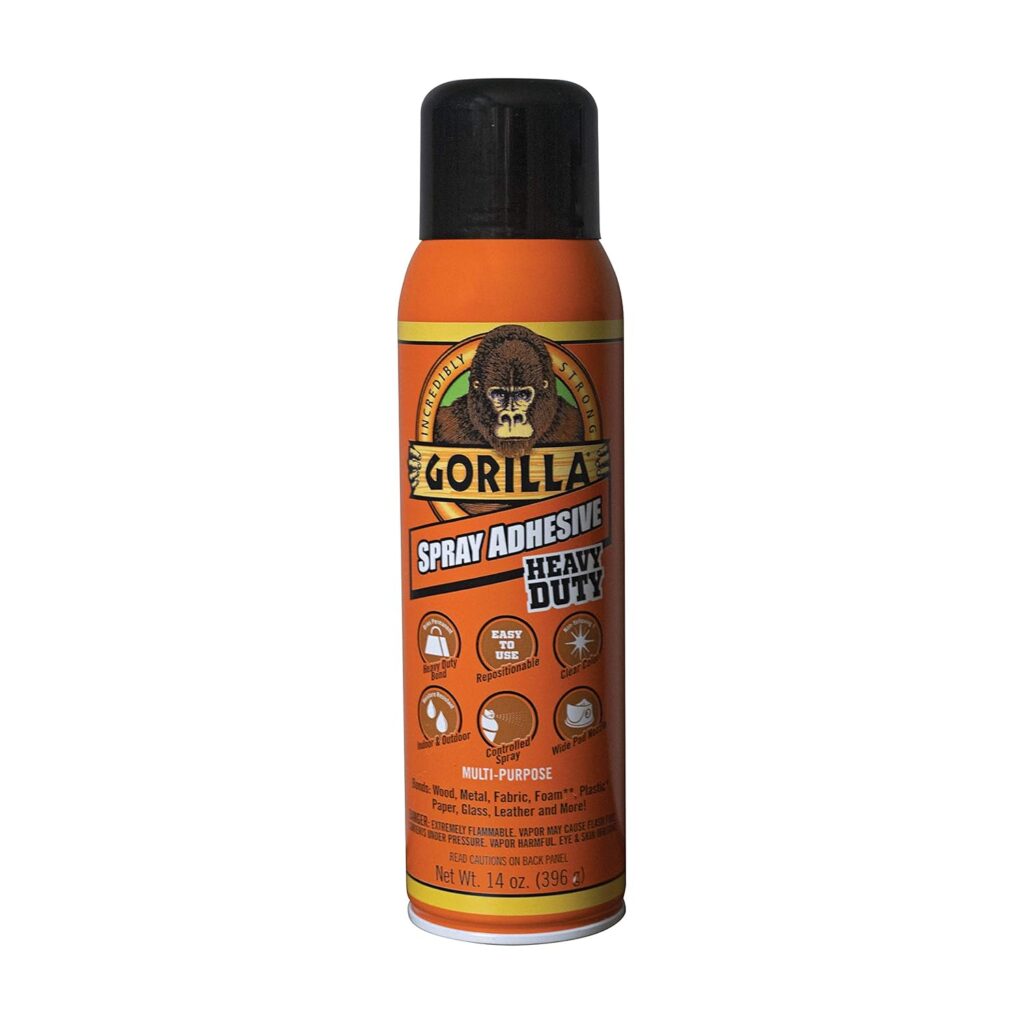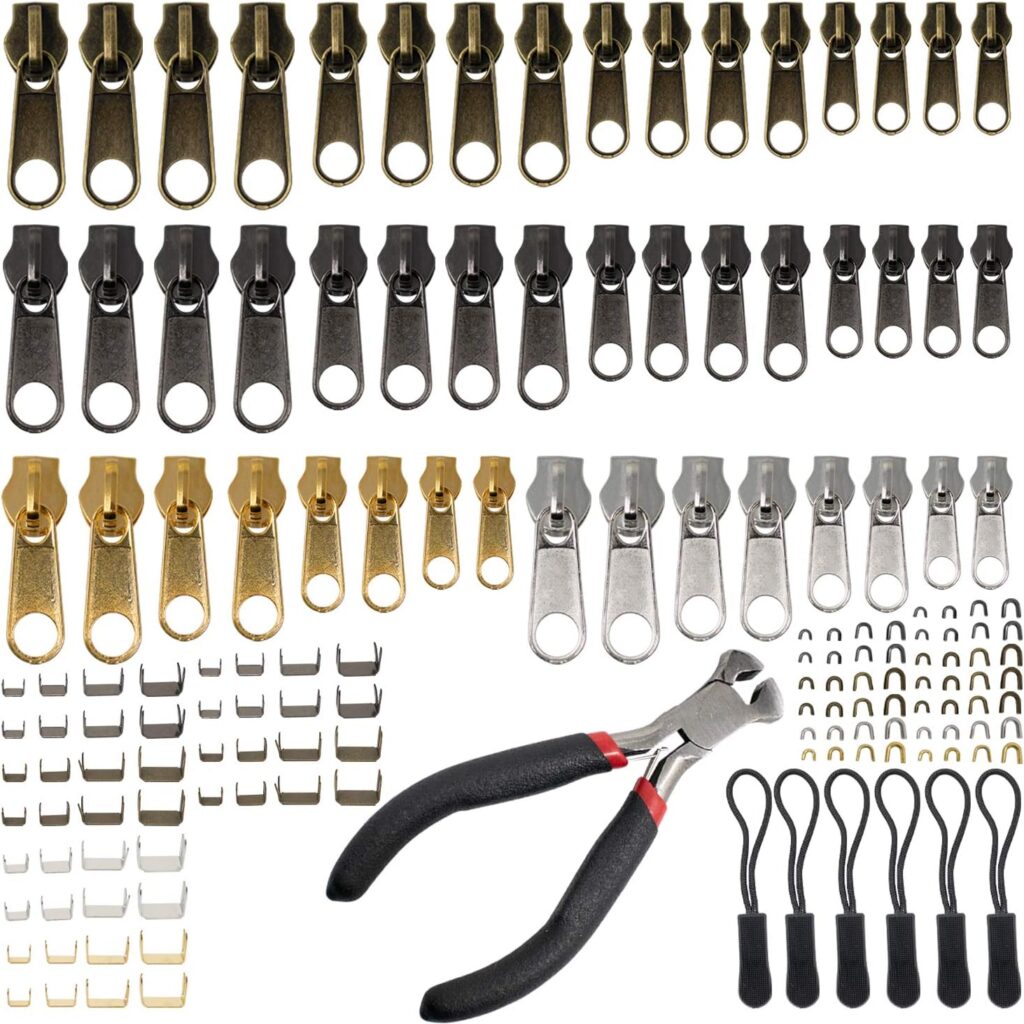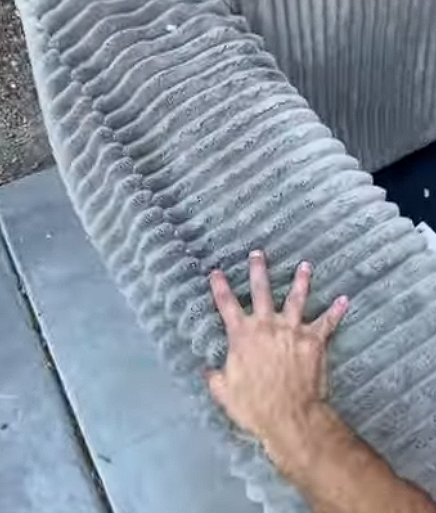Revive Your Couch: How to Fix Cushions That Sag
Sagging couch cushions can make even the most stylish furniture look worn-out and uncomfortable.
Over time, everyday use leads to cushions losing their shape and support, making your couch less inviting.
Maintaining your furniture not only enhances its comfort but also preserves its aesthetics, ensuring that it remains a focal point in your living space.
Instead of immediately opting for new cushions, there are practical methods you can try to breathe new life into your existing ones.
From adding extra support to refreshing the foam, we’ll explore simple and cost-effective ways to fix sagging cushions and restore your couch to its former glory.
Understanding the Causes of Sagging Cushions
Sagging couch cushions are a common issue that can detract from both the comfort and appearance of your furniture.
Understanding the root causes can help you take the right steps to fix the problem. Factors like age, poor-quality materials, and improper maintenance all contribute to cushions losing their shape over time.
As cushions endure daily use, the foam or filling inside naturally compresses, and the outer fabric stretches, leading to that dreaded sag.
But before reaching the point of replacement, it’s essential to recognize what’s causing the issue and whether a simple fix can restore your couch’s comfort.
Common Reasons for Sagging Cushions
Several factors can lead to sagging couch cushions, and age is one of the biggest culprits.
Over time, the foam or filling inside the cushions begins to break down, losing its ability to bounce back. Poor-quality materials can also contribute to early sagging, as cheaper foam or inadequate padding won’t hold up well under constant pressure.
Additionally, improper maintenance, like neglecting to regularly rotate or fluff the cushions, accelerates wear and tear, causing them to lose their structure faster.
Understanding these factors can help you choose the right solution for prolonging the life of your cushions.
Signs That Cushions Need Fixing
Before your couch becomes completely uncomfortable, there are a few telltale signs that the cushions need attention.
One of the most obvious indicators is visible sagging — when the cushion looks deflated or uneven compared to the rest of the couch. You may also notice a loss of support, where sitting on the couch feels less firm, and you sink deeper than usual.
Uneven wear, where one part of the cushion feels flatter than others, is another signal that it’s time for a fix.
Addressing these signs early on can prevent further deterioration and improve the longevity of your furniture.
Tools and Materials Needed To Fix Sagging Couch Cushions
To effectively fix sagging couch cushions, gathering the right tools and materials is essential.
Whether you’re adding extra support, replacing foam, or reinforcing cushion covers, having these items on hand will streamline the process and ensure the job is done properly.
While some tools are basic necessities, others are optional but can enhance the results.
Being prepared with the right equipment can save time and help restore your cushions without the need for costly replacements.
Basic Tools
For most cushion repair jobs, you’ll need a few basic tools.
- A screwdriver is useful if you need to access the couch frame or remove cushion covers with zippers.
- A staple gun can help secure new fabric or batting in place, ensuring everything stays snug and properly aligned.
- Ice pick to remove staples to access the back if replacing the foam from non detachable backings
- Scissors or a utility knife may also be needed to cut foam or batting to size.
These simple tools are often enough for basic fixes like adding support or replacing worn-out padding.
Materials
In addition to tools, several key materials will help you bring your sagging cushions back to life.
- Foam is the most common material used to replace or reinforce cushion padding — you’ll want to choose a high-density option for long-lasting support.
- Batting, a soft layer of material, can be used to wrap foam, providing extra comfort and a fuller look.
- Spray Fabric Adhesive to adhere the batting to the foam
- If your couch structure is causing the sagging, plywood or a sturdy piece of wood can be placed under the cushions for added support. Even small arts and crafts wood works perfect like this kit here.
These materials work together to give your couch a firmer, more supportive feel.
Optional Items
While not always necessary, a few optional items can enhance the cushion repair process.
- Fabric can be useful if you’re looking to update the look of your couch or if the original covers have become worn.
- Zipper replacement kits can also come in handy if the existing cushion covers have damaged or broken zippers.
- Jigsaw with Long Jigsaw blade attachment to have an easier time to cut the foam.
While these items may not be required for every fix, they offer additional flexibility for more extensive repairs or aesthetic improvements.
DIY Methods to Fix Sagging Cushions
If your couch cushions are sagging, there are several do-it-yourself methods to restore their shape and support.
These fixes are affordable and easy to implement, requiring just a few tools and materials.
From simple fluffing to adding extra support, each technique is designed to extend the life of your couch cushions.
Let’s explore these methods in detail, so you can find the right solution for your sagging cushions.
Fluffing and Rotating Cushions
One of the easiest ways to prevent and fix sagging cushions is regular fluffing and rotating.
Over time, cushions compress due to daily use, and fluffing helps redistribute the filling for a fuller, more even appearance.
Fluffing your cushions at least once a week can help maintain their shape and prevent them from becoming permanently flat.
Additionally, rotating your cushions (if possible) every few months ensures that all areas wear evenly, reducing the likelihood of sagging in high-use spots.
If needed you can add extra polyester filling inside the backs or pillows where needed to give them more life.
This simple habit can significantly prolong the life of your couch cushions.
Adding Extra Support
If your cushions are sagging due to a lack of support from the couch frame, adding extra reinforcement underneath can be an effective solution.
Using a piece of plywood, cut it to the size of the cushion and place it between the cushion and the couch frame.
This additional layer helps distribute weight more evenly and prevents cushions from sinking into the couch.
Be sure to measure the space accurately and use materials thick enough to provide support but thin enough not to affect comfort.
Replacing or Adding Foam To Cushions
For cushions that have lost their firmness, replacing or adding foam is a great way to restore their shape.
When selecting foam, choose a high-density option that offers good support and longevity.
Foam comes in various thicknesses, so make sure to match the cushion’s original size or adjust based on the level of firmness you prefer.
Once you have the foam, cut it to size using a utility knife or even using a jigsaw with a long blade, and either insert it into the existing cushion cover or wrap it in batting for added softness before covering it.
Make sure if you do add the batting, to spray the batting before hand with the adhesive. This way it doesn’t move around over time. Spray the adhesive where the batting and the foam meet and are on top of each other.
Do not spray the adhesive on the top and bottom where the glue will stick to the inside of your cushion fabric.
One of the better ways to do this is to go to a local upholstery shop and buy a large rectangle piece of foam. Grab your old cushion and outline it on the piece of foam and then work around that outline.
The option to visit an upholstery shop works better as they have foam you can feel and test out before buying online. Although it may be a little more time consuming doing this.
Using Batting for Softness
Batting is another material that can help bring life back to sagging cushions by adding extra softness and volume.
It’s a lightweight, fluffy material often used to wrap around foam for a more cushioned feel.
Simply cut the batting to the size of the cushion, wrap it around the foam, and secure it in place with adhesive.
The best approach is to use a glue adhesive so it stays in place.
Resources online state that you can use a staple gun, and it does work but it may have a problem where the staples come lose over time.
We wouldn’t want a staple in your back side.
The batting will give your cushions a fuller appearance and improve comfort without significantly altering the firmness of the foam inside.
Repairing or Reinforcing Zippers and Covers
Sometimes, sagging cushions aren’t just about the filling but also the cushion covers themselves.
If your cushion covers have stretched out or the zippers have become damaged, this can cause cushions to lose their shape.
Inspect the zippers to ensure they close properly, and consider replacing them if they’re broken.
Here is a zipper replacement kit that works wonders.
You can also reinforce the cushion covers by sewing in extra fabric or tightening any loose seams, which helps the cushions maintain their shape and structure over time.
How to Repair a Sagging Couch with Non-Removable Cushions
If your couch has non-removable cushions that are starting to sag, there are ways to repairing a sagging couch with non-removable cushions back to comfort without taking it apart completely.
Start by flipping the couch over to access the frame and the bottom of the cushions.
Using a staple remover, carefully detach the dust cover fabric on the underside.
This will expose the frame and any supporting materials underneath, such as springs or webbing.
If the sagging is due to loose springs or weakened webbing, consider tightening or replacing these components.
You can also add a piece of plywood under the cushions to give extra firmness and prevent further sagging.
Reinforcing the frame with a few extra screws can add stability as well. Once you’ve reinforced the couch, reattach the dust cover with a staple gun to finish.
This simple repair can add years of life to your couch and restore it to a more comfortable state.
Tips for Preventing Future Sagging
To keep your couch cushions in top shape and avoid sagging, a few preventative measures can go a long way.
By adopting simple maintenance habits and being mindful of your furniture choices, you can extend the life of your cushions.
Whether it’s through regular upkeep or making smarter decisions when buying furniture, these tips can help you maintain a comfortable and supportive couch for years to come.
Regular Maintenance Practices
One of the best ways to prevent sagging is through regular maintenance.
This includes fluffing and rotating your cushions every few weeks to distribute wear evenly and prevent certain areas from flattening faster than others.
Cleaning your couch cushions regularly can also help keep them in good condition, as dirt and debris can cause fabric and foam to deteriorate over time.
Vacuuming the cushions and wiping down the fabric can help preserve both their appearance and structural integrity.
Choosing Quality Furniture
When buying new furniture, investing in quality materials can significantly reduce the chances of your cushions sagging prematurely.
Look for couches made with high-density foam or down-blend cushions, as these materials tend to last longer and provide better support.
The couch frame also plays a role in cushion longevity, so choose furniture with a sturdy frame made from a strong durable wood.
The wood is very important as if you like to sit on the arms or have children playing on the furniture jumping on them or standing on them it can put a strain on the wood and break over time if its weak.
Which will lead to other costly repairs down the line.
While quality furniture may come with a higher price tag, it’s worth the investment for long-term durability and comfort.
Proper Weight Distribution and Usage
How you use your couch can also impact the lifespan of your cushions.
Avoid sitting in the same spot every time, as this can cause uneven wear and sagging in that particular area.
Distributing weight across the entire surface of the couch helps maintain even cushion support.
Additionally, avoid placing heavy items on your couch for extended periods, as this can compress the cushions and cause them to lose their shape more quickly.
By being mindful of weight distribution and usage, you can prevent unnecessary sagging and prolong the life of your furniture.
Conclusion
In conclusion, fixing sagging couch cushions doesn’t have to involve costly replacements just the right equipment.
By understanding the common causes of sagging, using the right tools, and applying DIY methods such as fluffing, adding support, or replacing foam, you can restore your cushions to their original comfort and appearance.
Regular maintenance and choosing high-quality furniture are also key steps in preventing future sagging.
Before rushing to replace your cushions or couch, try these simple, budget-friendly fixes.
You might be surprised at how much life you can breathe back into your existing furniture with just a little effort.





















